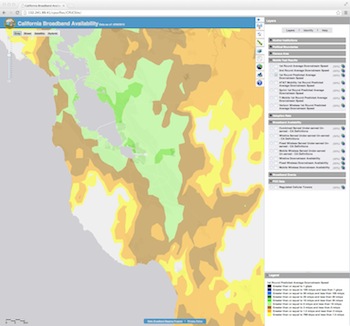Mobile carriers get fixed terms for utility pole access in California
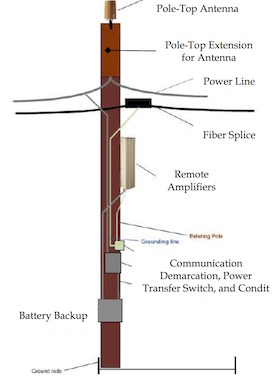
Lower obstacles for higher poles.
Mobile broadband carriers – i.e. licensed cellular telephone companies – now have the same access to utility poles in California as wireline telephone and cable companies. That’s the result of a unanimous California Public Utilities Commission decision that modified the rules for attaching wireless broadband equipment, including ancillary gear such as power cabinets and back up batteries, to poles…
… MoreWith one exception, the amended ROW Rules provide CMRS carriers with the same access to utility infrastructure as CLECs and CATV corporations.

![By JohnHStover (Own work) [CC BY-SA 3.0 (https://creativecommons.org/licenses/by-sa/3.0)], via Wikimedia Commons](https://www.tellusventure.com/images/2016/2/skid_row.jpg)
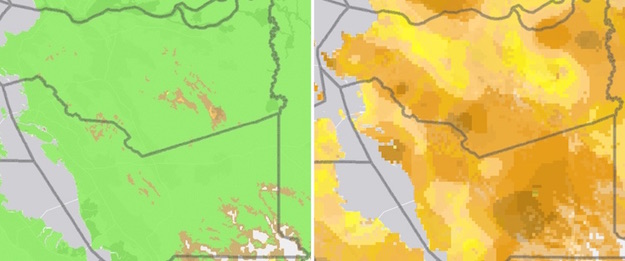

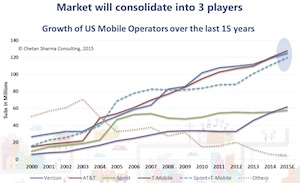
![By Unknown (Official U.S. Navy Photograph, now in the collections of the National Archives.) [Public domain], via Wikimedia Commons](https://www.tellusventure.com/images/2015/8/iowa.jpg)
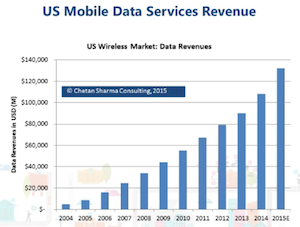
![ProhibitOnions at the English language Wikipedia [GFDL (www.gnu.org/copyleft/fdl.html) or CC-BY-SA-3.0 (https://creativecommons.org/licenses/by-sa/3.0/)], via Wikimedia Commons](https://www.tellusventure.com/images/2015/7/startac.jpg)
